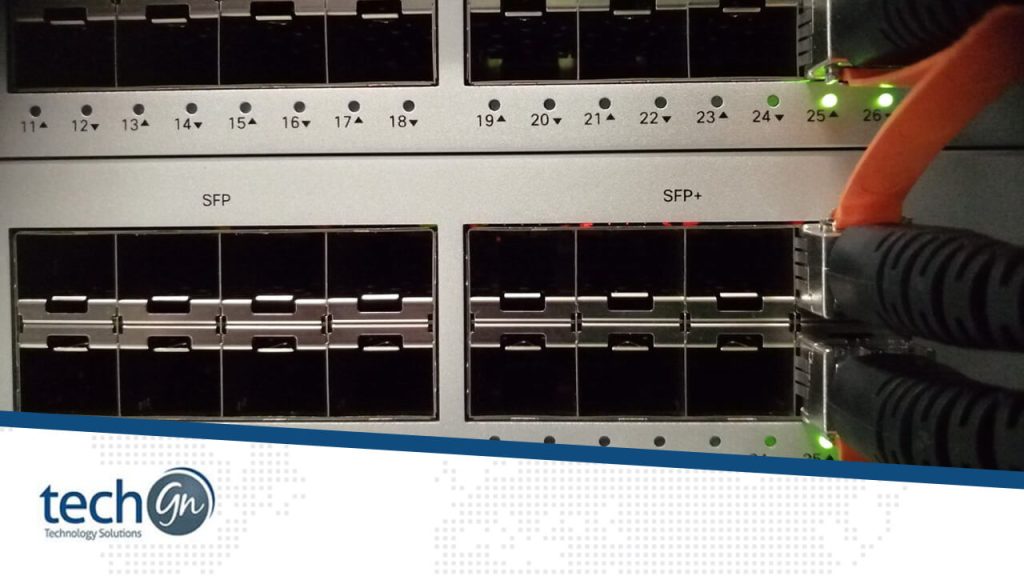In today’s digital landscape, protecting your network from emerging attacks is critical. With the rise of cloud services and remote work, traditional security measures are no longer adequate to guard against sophisticated attacks. This is where Cisco Umbrella comes in—a cloud-delivered security service that provides advanced threat protection to consumers wherever they access the internet. In this comprehensive tutorial, we’ll explain what Cisco Umbrella is, why it’s important for your organization, the essential features and benefits, and how to use it effectively.
Understanding Cisco Umbrella
Cisco Umbrella is a cloud-based security platform that serves as the first line of protection against online attacks. It operates by intercepting Domain Name System (DNS) queries and scanning them for malicious behavior, stopping users from connecting to dangerous websites or servers. Additionally, Umbrella uses threat intelligence from Cisco Talos, one of the world’s most comprehensive threat intelligence teams, to identify and prevent known threats in real time.Key Features and Benefits:
DNS Security
Cisco Umbrella can proactively block access to harmful domains by analyzing DNS queries and using threat intelligence. This prevents malware infections and data exfiltration. Furthermore, it allows for the implementation of security controls based on domain reputation, classification, and content inspection.
Secure Web Gateway (SWG)
Umbrella’s secure web gateway capability enables enterprises to enforce internet usage regulations, filter content, and protect users from online-based risks like phishing sites, drive-by downloads, and dangerous URLs. It provides granular control over online traffic, including the ability to restrict individual URLs and applications.Cloud-delivered
As a cloud-native solution, Cisco Umbrella provides scalability, flexibility, and ease of deployment, making it an excellent choice for businesses of all sizes. It eliminates the need for on-premises technology and lowers operational costs, allowing enterprises to focus on their primary business objectives.Visibility and Control
:Umbrella’s unified dashboard allows administrators to see internet behavior across their network and enforce policies consistently, regardless of user location. Detailed reporting and analytics offer insights into security incidents, user behavior, and new risks, allowing organizations to make more educated decisions.Integration
Cisco Umbrella interacts seamlessly with other Cisco security solutions, such as Cisco SecureX, to provide a comprehensive security posture while streamlining operations. Integration with endpoint security solutions improves threat detection and response capabilities, allowing for faster containment and resolution of security events.Tips for Effective Implementation
Assess Your Security Needs
Before installing Cisco Umbrella, evaluate your organization’s security needs, including the number of users, network architecture, and existing security infrastructure. Consider carrying out a security posture review to identify weaknesses and prioritize security investments.Plan Your Deployment
Create a deployment strategy that is consistent with your organization’s goals and requirements. Consider network topology, user mobility, and integration with current security technologies. Set defined objectives, timetables, and success criteria for the implementation project.Policy Configuration
Create granular security policies based on your organization’s risk tolerance and regulatory needs. Consider things like appropriate internet usage, content filtering, and application controls. Use Umbrella’s policy inheritance and enforcement features to ensure that security policies are consistently applied throughout the business.User Education
Educate users about the value of Cisco Umbrella and its role in ensuring a secure workplace. Provide training on how to identify and report unusual activities or phishing attempts. Emphasize the importance of adhering to security best practices, such as not clicking on suspicious links or downloading files from unknown sources.Continuous Monitoring and Optimization
Monitor Umbrella logs and security events on a regular basis to detect emerging threats and adjust security rules as necessary. Use Umbrella’s reporting features to monitor crucial metrics including threat detection rates, policy breaches, and user activity. Conduct frequent security evaluations and penetration testing to evaluate Cisco Umbrella’s effectiveness and identify areas for improvement.Bottom Line
In today’s threat world, enterprises require proactive and comprehensive security solutions to protect against emerging attacks. Cisco Umbrella provides a powerful combination of threat intelligence, DNS security, and web gateway capability to protect users wherever they use the internet. By following the thorough instructions in this guide, companies may effectively install Cisco Umbrella and improve their overall security posture. Cisco Umbrella enables enterprises to stay ahead of new threats and effectively minimize security risks by providing proactive threat prevention, comprehensive policy controls, and centralized visibility.Reviews
Tailoring Solutions


